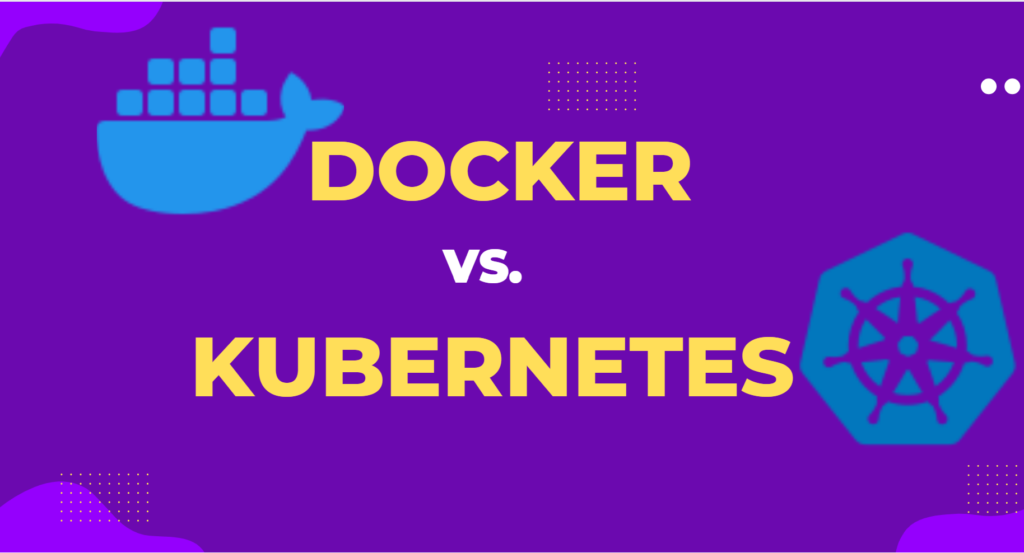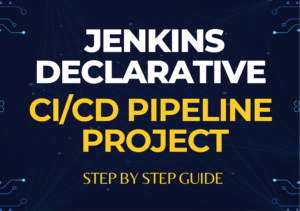Introduction
In the ever-evolving landscape of DevOps and containerization, two names consistently surface: Kubernetes vs. Docker. These technologies have revolutionized the way we package, deploy, and manage applications. However, they serve different purposes and are often used together. In this article, we will delve into the Kubernetes vs. Docker debate to help you understand their roles, differences, and how they fit into your DevOps toolkit.
Table of Contents
What is Docker: How Docker Made Containerization Easy
Docker is synonymous with containerization. It allows developers to package applications and their dependencies into containers, ensuring consistency across different environments, from development to production. Docker simplifies the development process by providing a standardized packaging format and runtime environment.
Key Docker Features:
- Containerization: Docker enables the creation, distribution, and execution of containers, encapsulating applications and their dependencies.
- Portability: Docker containers are portable, running consistently across various platforms and environments.
- Efficiency: Containers share the host OS kernel, making them lightweight and efficient compared to virtual machines.
- Docker Hub: A centralized repository for Docker images, simplifying image sharing and distribution.
Also Read: Decoding DevOps Engineer Salary: How Much Do DevOps Engineer Really Earn?
What is Kubernetes:
While Docker solves the packaging problem, Kubernetes excels at orchestrating containers. It automates the deployment, scaling, and management of containerized applications, making it a powerful tool for container orchestration.
Key Kubernetes Features:
- Orchestration: Kubernetes manages the deployment, scaling, and load balancing of containers, ensuring high availability and fault tolerance.
- Self-healing: It automatically replaces failed containers or nodes, minimizing downtime.
- Scaling: Kubernetes can scale applications horizontally or vertically based on resource demand.
- Service Discovery: Built-in service discovery and load balancing simplify networking in complex, microservices-based architectures.
- Configuration Management: Kubernetes allows for declarative configuration, making it easy to define and update application configurations.
Kubernetes vs. Docker:
In the Kubernetes vs. Docker debate, it’s essential to understand that they serve complementary roles. Docker focuses on containerization, while Kubernetes handles orchestration. In practice, many organizations use both technologies together:
- Developers: Use Docker for containerizing applications during development.
- Operations: Employ Kubernetes to orchestrate containers, manage clusters, and ensure scalability and reliability.
The Unified Approach:
- Development: Developers use Docker to package applications and dependencies into containers, ensuring consistency across development, testing, and production environments.
- Testing and CI/CD: Containers built with Docker can be seamlessly integrated into Continuous Integration/Continuous Deployment (CI/CD) pipelines, ensuring that applications are thoroughly tested before deployment.
- Production Deployment: Kubernetes takes over in production environments, orchestrating the deployment and scaling of Docker containers. It manages load balancing, self-healing, and rolling updates.
Kubernetes vs. Docker: Conclusion
In conclusion, the Kubernetes vs. Docker debate is a matter of apples vs. oranges. Docker excels at containerization, making it a developer’s best friend, while Kubernetes shines as the orchestrator, ensuring that containers run seamlessly in production. To succeed in DevOps, it’s not a question of choosing one over the other but leveraging both technologies effectively.
Containerization and orchestration are pivotal in modern DevOps practices, enabling faster development cycles, efficient resource utilization, and reliable application delivery. Embrace Docker for packaging and portability, and harness the power of Kubernetes for orchestration and automation. By understanding their unique strengths, you can build robust and scalable applications that meet the demands of today’s dynamic IT landscape.





